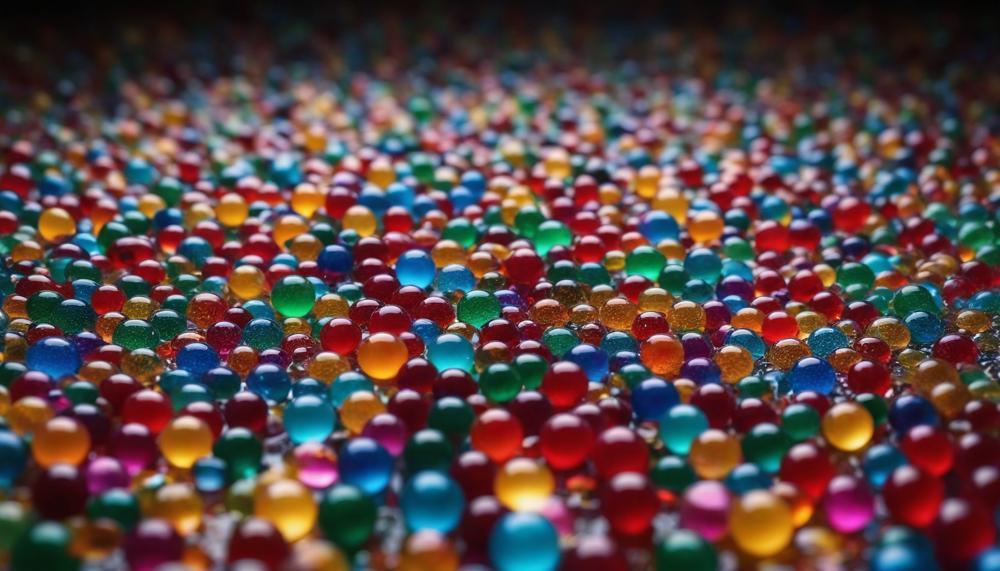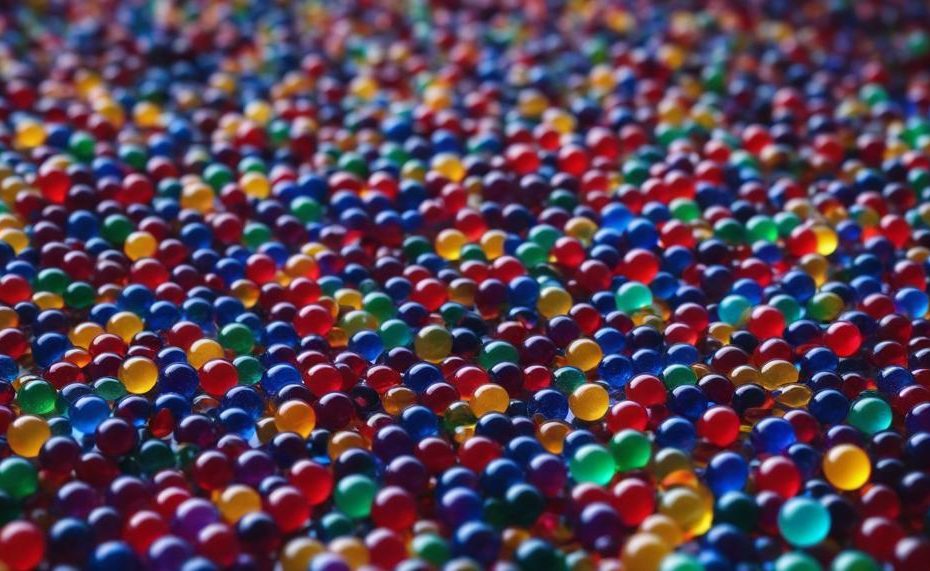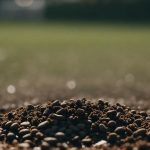No, Orbeez are not biodegradable. Although they will eventually break down over time, it can take up to 10 years. These colorful, water-absorbing beads are popular for sensory play and decorations, but their environmental impact is a concern. Here’s what you need to know:
- Longevity: Orbeez take a significant amount of time, up to a decade, to decompose.
- Environmental Impact: While not recyclable, they can eventually break down with exposure to natural elements like oxygen, light, soil bacteria, and moisture.
- Disposal: They can be disposed of in garden soil or trash, but not in toilets or compost bins.
- Safety: Non-toxic but can be a choking hazard, making safe usage crucial.
The significant takeaway here is the need for mindful disposal and consideration of alternative uses to minimize environmental impact. Stay tuned as we explore practical tips for sustainable Orbeez usage.
Contents
What Are Water Beads?
Water beads, originally developed for florists, work through the marvel of superabsorbent polymers. These beads, when dry, are minuscule, roughly the size of a pinhead. However, once immersed in water, they swell into translucent, gel-like spheres.
This transformation happens because the polymers can absorb and retain water, expanding up to 300 times their original size. This not only makes them visually appealing for decorative purposes but also functional in keeping plants hydrated.
What are they made of?
Water beads are crafted from superabsorbent polymers, specifically a type of polyacrylamide. This material is non-toxic and biodegradable, which means it’s safe for use with plants and in educational or recreational activities.
While these beads are durable and take a while to break down, they do so eventually without harming the environment.
Detailed Composition and Functionality:
| Component | Function | Details |
| Superabsorbent Polymers (SAPs) | Absorption and expansion | Polymers like polyacrylamide can absorb significant amounts of water, causing beads to swell. |
| Non-toxic materials | Safety | Ensures the beads are safe for plants, pets, and children if used as intended. |
| Biodegradable composition | Environmental impact | Over time, these beads break down naturally, reducing long-term environmental effects. |
These beads are highly effective for decorative use in vases, sensory play for children, and even as a practical gardening tool. They provide an aesthetically pleasing way to manage moisture levels for plants.
Will Orbeez Eventually Biodegrade?
Orbeez, while captivating and fun, have a significant environmental downside. These water beads are composed of superabsorbent polymer, specifically a type of plastic, which renders them non-biodegradable. Over time, they will break down into smaller plastic particles, but they do not naturally decompose in the environment.
Environmental Impact of Orbeez
Plastic Composition:
Orbeez are made from a plastic polymer, making them environmentally unfriendly. They contribute to plastic pollution, which is a growing concern globally.
>Non-Biodegradable:
Although Orbeez will fragment into smaller pieces over time, they do not biodegrade. This means they persist in the environment, potentially causing harm to wildlife and ecosystems.
Reusability vs. Disposal:
- Reusability: Orbeez can be reused several times if kept clean and intact. This can slightly mitigate their environmental impact by reducing the frequency of disposal.
- Disposal: Given their composition, Orbeez should be disposed of with regular trash. They are not suitable for composting and are too small and specialized for typical recycling processes.
Practical Disposal Tips
To minimize their environmental footprint, it is crucial to dispose of Orbeez responsibly. Here are some guidelines:
- Avoid Flushing: Never flush Orbeez down the toilet or drain as they can cause blockages and end up in waterways, exacerbating pollution.
- Trash Disposal: Place Orbeez in a sealed bag before disposing of them in the trash to prevent them from scattering.
How to Dispose of Orbeez
Orbeez, those tiny, colourful beads that expand in water, need careful disposal to prevent environmental harm. Here are the main methods and their environmental impact:
Trash Disposal
- Method: Place Orbeez in a sealed bag and throw them in the trash.
Environmental Impact: While convenient, this method sends Orbeez to landfills where they take years to biodegrade.
Garden Soil Integration
- Method: Mix Orbeez into garden soil.
Environmental Impact: This is environmentally friendly. Orbeez retain moisture, aiding plant hydration and gradually breaking down in the soil.
Indoor Plant Hydration
- Method: Work Orbeez into the soil of indoor plants.
Environmental Impact: Beneficial for plant health as they slowly release water, helping to conserve water usage.
Alternative Uses
- Method: Reuse Orbeez in crafts, decorations, or sensory play.
Environmental Impact: Reduces waste by extending the life and utility of Orbeez.
A Few Other Things to Remember about Orbeez
Yes, there are several alternative methods for disposing of Orbeez besides throwing them in the trash.
| Method | Description | Notes |
| Recycling | Orbeez can be taken to specialized recycling facilities that accept them. This eco-friendly option ensures they are processed properly. | Check with local recycling centres for availability. |
| Composting | Biodegradable Orbeez can be composted, breaking down naturally and enriching the soil. | Ensure the Orbeez are marked as biodegradable. |
| Donating | Donate Orbeez to schools, community centres, or art programs where they can be used for educational or creative projects. | Contact local organizations to see if they accept donations. |
| Upcycling | Repurpose Orbeez into various DIY crafts or home projects, extending their life and usefulness. | Find creative ideas online for inspiration. |

By considering these alternatives, you not only reduce waste but also contribute to a more sustainable environment. Always verify the specific requirements and guidelines of each method to ensure proper disposal.
Conclusion
Orbeez, those colorful, water-absorbing beads beloved for their sensory play and decorative use, pose significant environmental challenges due to their plastic composition. These beads are made from superabsorbent polymers that can take up to a decade to decompose, fragmenting into smaller plastic particles over time but never fully biodegrading.
Their environmental footprint is considerable. As non-recyclable items, they contribute to plastic pollution when disposed of improperly. It’s crucial to handle Orbeez with care to mitigate their ecological impact. They should never be flushed down toilets or drains, as this can cause blockages and exacerbate pollution in waterways.
Instead, integrating Orbeez into garden soil is a more sustainable disposal method. When mixed with soil, they can aid plant hydration by retaining moisture, gradually breaking down and reducing their environmental harm. Alternatively, reusing Orbeez for crafts, decorations, or sensory play can extend their utility, though this only delays the inevitable disposal.
Overall, mindful disposal and finding creative, sustainable uses for Orbeez can help reduce their negative impact on the environment.





